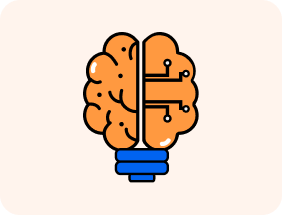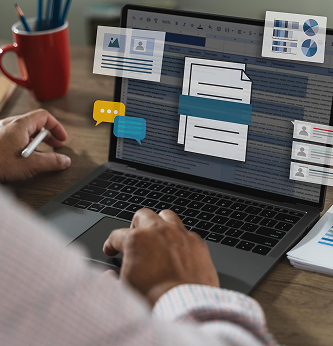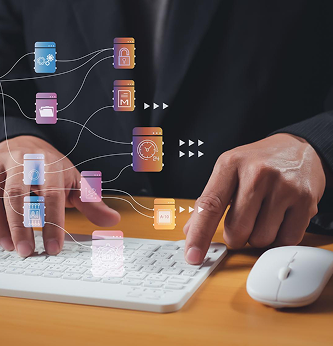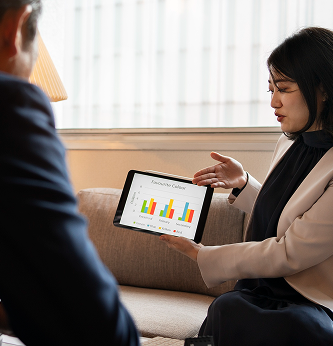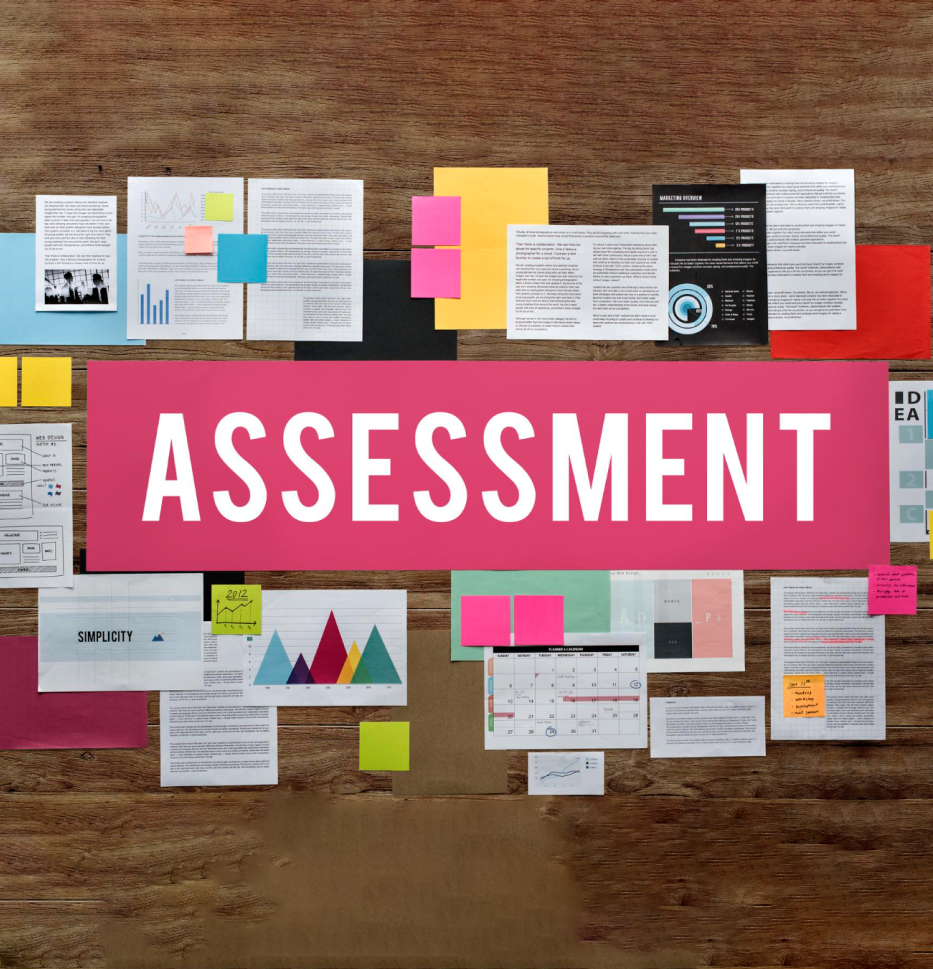- Home
- Solutions
- Join Community
- Methodology
- Limited Offer
-
Pricing
- More
What is the Activity?
Report Presentation is a structured activity where learners create, organize, and present a professional report for a chosen audience. Students begin by selecting a report type, such as business, research, project, or evaluation, and define its objectives: to inform, analyze, evaluate, or recommend.
The next step is choosing the audience, length, and style of the report, ensuring the content fits its purpose. Learners collect supporting evidence, quantitative (charts, graphs) or qualitative (case studies, interviews), and structure the report into sections such as executive summary, findings, analysis, recommendations, and conclusion.
Finally, the report is presented in a chosen format (formal, visual, or summary), with visuals like infographics or data dashboards. This exercise strengthens both research and communication skills while teaching students to adapt their message to different stakeholders.




 Individual
Individual
 Learner
Learner Mentor
Mentor Organisation
Organisation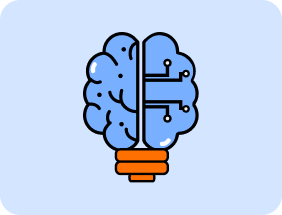
 Learner
Learner Mentor
Mentor Organisation
Organisation